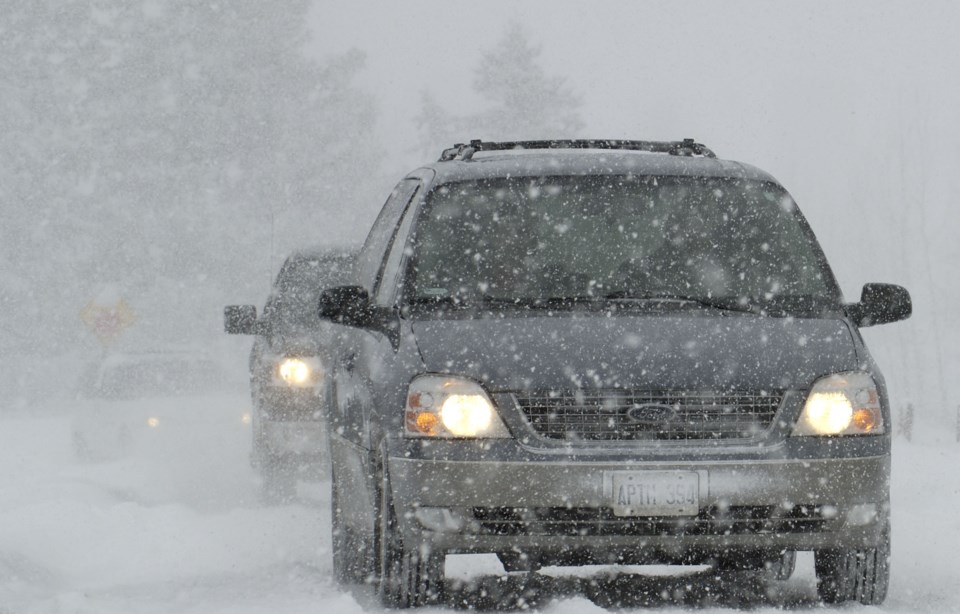Greater Sudbury has taken a deeper look into road safety issues in the city, with an eye on finding ways to reduce the number of collisions on five busy streets where safety measures have the best chance to work.
The streets were selected as part of a road safety assessment, which determined where more crashes are taking place than predicted based on road design, traffic volume and other factors.
A report headed to the operations committee June 18 says there were 2,107 collisions reported in 2017, including seven fatal crashes and 324 where someone was injured. That's down from 2013, when there were 2,771 collisions. In fact, the number of crashes has dropped each year since 2013.
January is the worst month for collisions in Sudbury, followed by December and November. More occur on Fridays than any other day of the week, with Thursday coming in second.
Most collisions occur during evening rush hours, starting at 3 p.m., peaking at 5 p.m. before dropping at 7 p.m. And more than 75 per cent of all crashes take place on roads where the speed limit is 50 km/h. The majority of fatal collisions – 72 per cent – take place on roads where the speed limit is between 50 and 60 km/h.
Using a model that predicts how many collisions can reasonably be expected at a given intersection, the study came up with the top 20 roads in Sudbury where added safety measures are most likely to have an impact.
The full list can be found here, but the top five are: Barrydowne Road at Lasalle Boulevard; Brady Street at Paris Street; Long Lake Road at Paris Street /Regent Street; and, Falconbridge Road at Kingsway/Second Avenue.
“Over a three-year period, five locations plus upcoming capital projects will be reviewed by staff and community partners,” the report says. “Each location will have a series of countermeasures selected to address the observed collisions.
“At the end of the three-year period, the network screening will be refreshed and locations that have already been reviewed will not be looked at for another three years so that the effectiveness of the countermeasures can be analyzed.”
